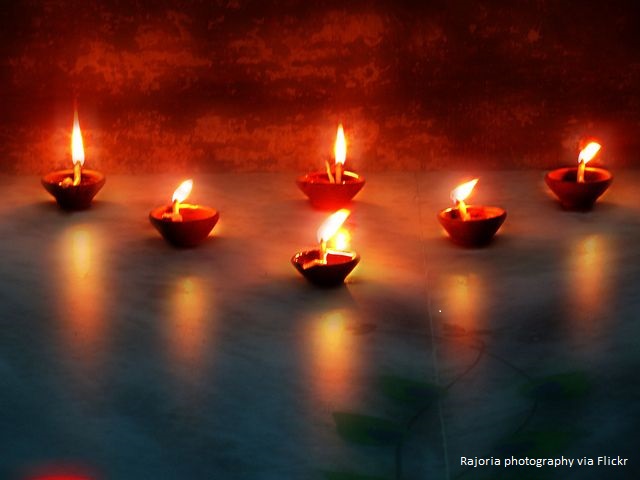
Wherever you go, festivals of light are for one and all.
Since Neolithic times, man has gravitated toward the fire, especially during the dark days of winter when luminous celebrations set gloomy nights aglow. From the fiery Las Fallas in Spain to the scenic Great Wisteria Festival in Tokyo, light plays a starring role in holidays around the world, brightening skies and spirits.
Recently from the late 1990s, quite some light festivals have started which focus on attracting tourists. But there are some festivals of light which have a history, a tradition, and a story behind them. So here are 10 such spectacular light festivals you need to experience in this lifetime!!!
The Great Wisteria Festival in Japan
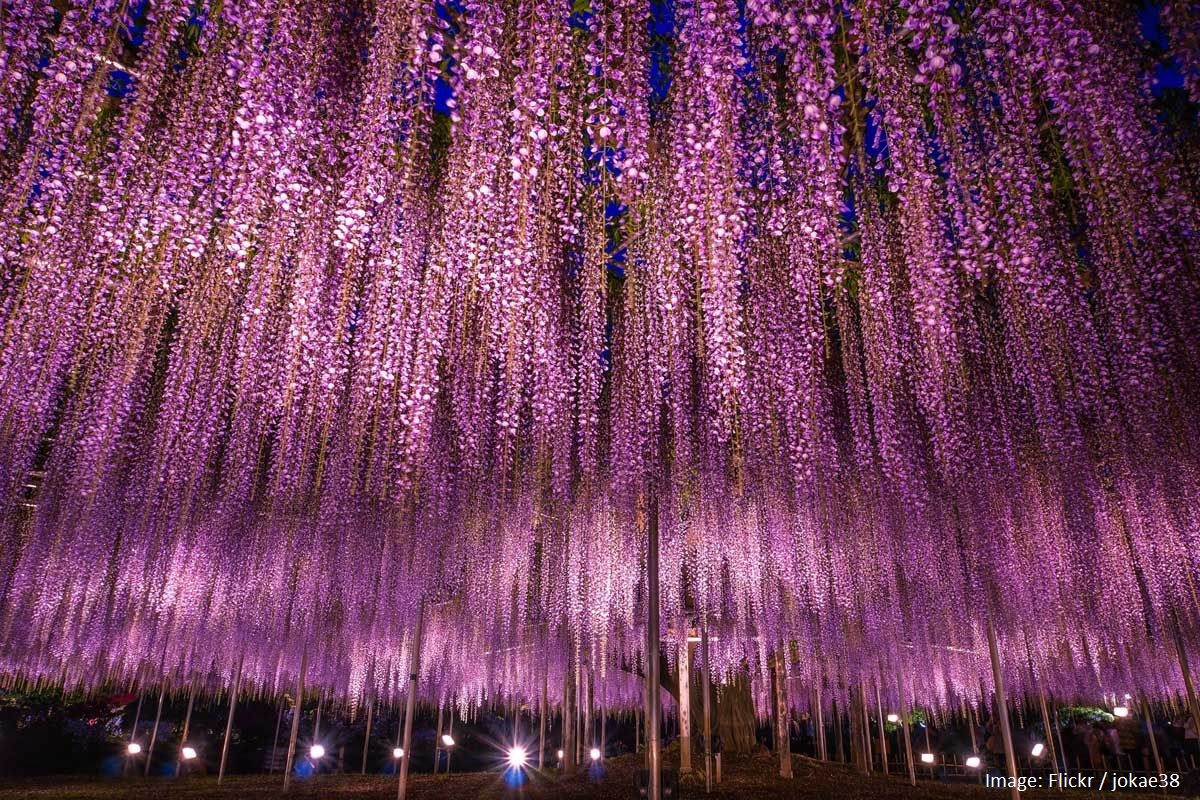
Spring is the most magical time of year to be in Japan. It is not only because of the country’s world-famous cherry blossoms, but also the annual Great Wisteria Festival. It is a captivating display that is not to be missed.
Ashikaga Flower Park in Japan’s Tochigi prefecture, just 2 hours from Tokyo Station by train, is the host of the festival. It boasts over 350 wisteria trees that fill the park with dazzling colors year after year. Visitors can also walk through an 80-meter-long tunnel covered by unique white wisteria flowers. The wisteria floribunda tree is native to Japan, and some of the trees in Ashikaga are more than 150 years old, making them a landmark of Japanese natural heritage.
The wisteria trees look nearly identical to Avatar’s spiritual Tree of Souls! They are a treat for our eyes.
Diwali – A triumph of good over evil in India
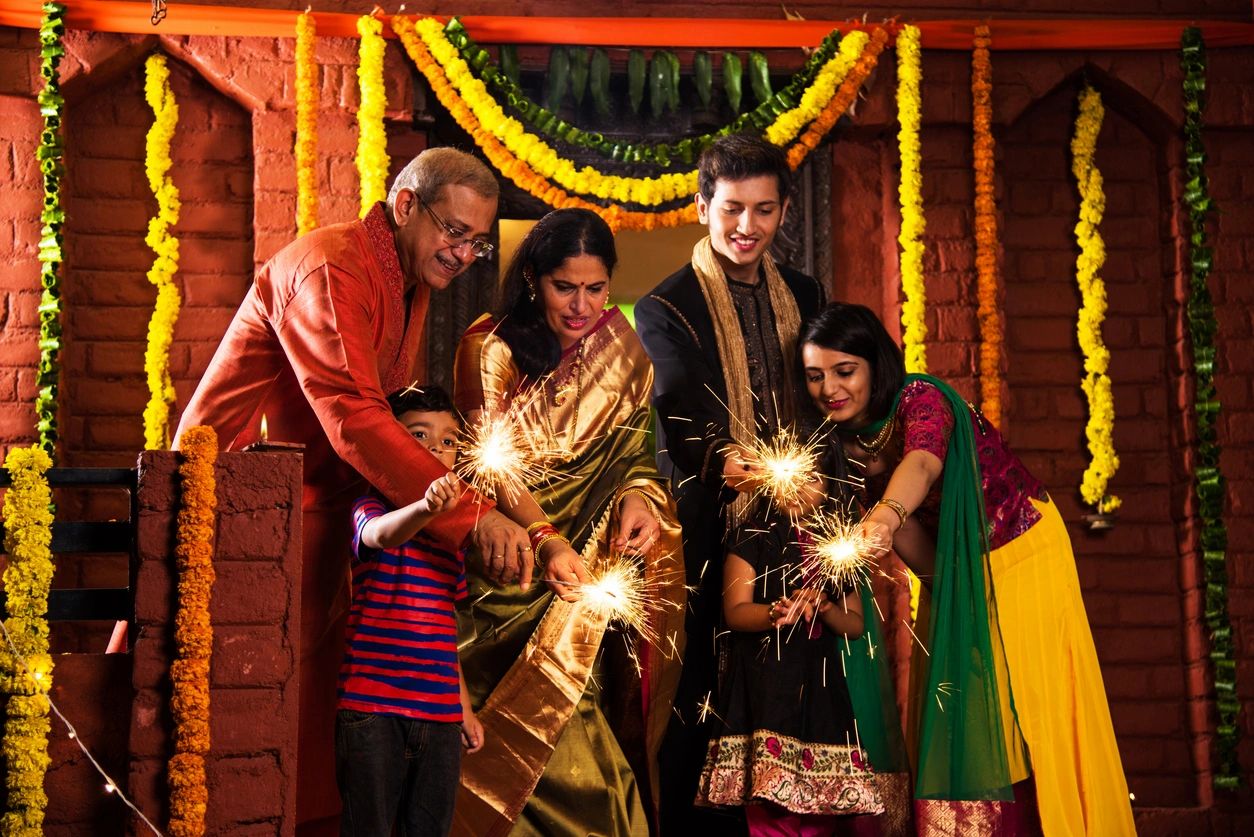
Deepavali, also known as Diwali, is the festival of light that is celebrated by millions of Hindus, Sikhs, and Jains around the world. It coincides with the Hindu New Year, marking the new beginnings.
On a new moon night in late autumn, Hindus around the world light diyas, or oil lamps, to signify the triumph of light over darkness, good over evil, knowledge over ignorance, and hope over despair. One of the most important Hindu festivities, Diwali (which falls between mid-October and mid-November), sees celebrants’ shop, feast, clean their homes, dress in their best and light.
The festival of lights stretches back more than 2,500 years. The ancient celebration is linked to multiple stories in religious texts. In northern India, the tradition links the festival to legends in the Hindu epic Ramayana, where Diwali is the day Rama, Sita, Lakshman and Hanuman reached Ayodhya after 14 years in exile. Before that Rama’s army of good, defeated demon king Ravana’s army of evil. In the south, Diwali is popularly linked to a story about the Hindu god Krishna, a different incarnation of Vishnu, in which he frees some 16,000 women from another evil king. In the western state of Gujarat, the traditional New Year coincides with Diwali. Diwali is associated with asking the goddess Lakshmi for prosperity in the coming year. During the festival, many celebrants exchange gifts, and coins.
Las Fallas in Spain
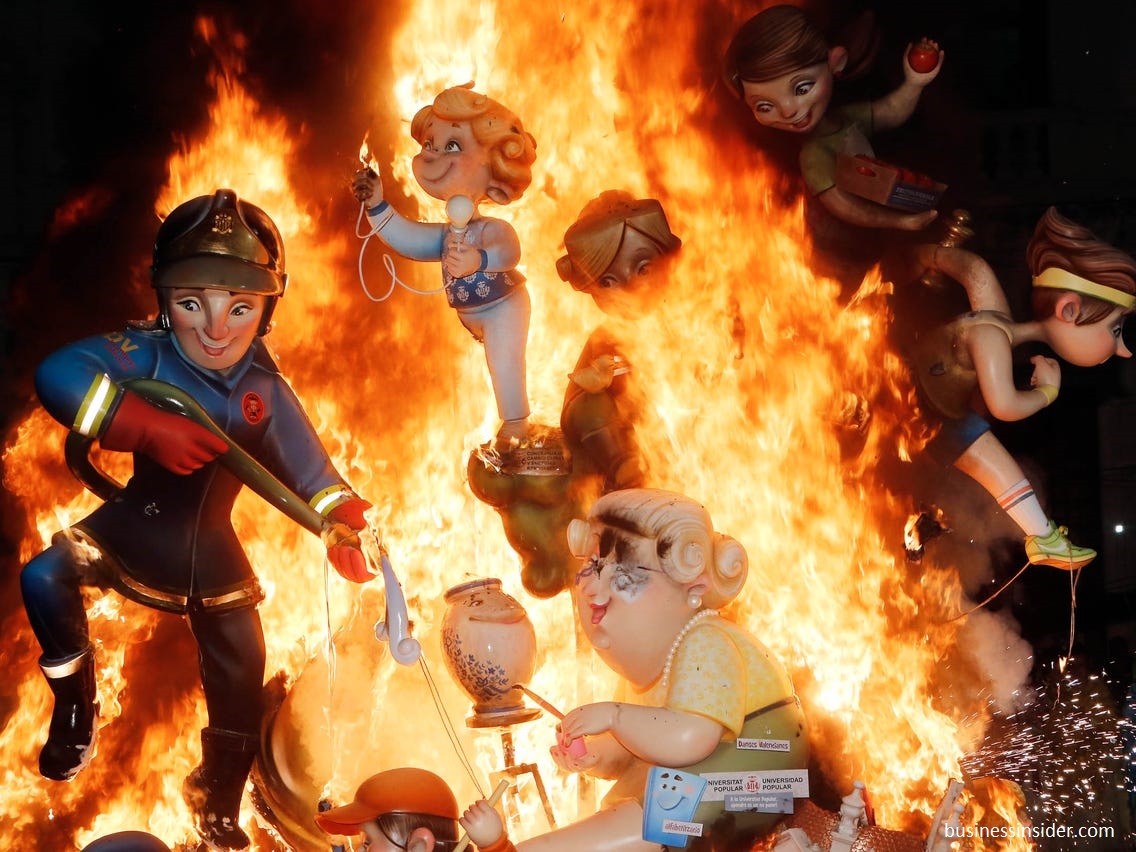
Origins of the Las Fallas festival is hundreds of years old. The first written record that mentions Las Fallas is from the second half of the 18th century when the Valencian government made various laws governing where the fires could be set.
This festival is celebrated in March every year in the city of Valencia in Spain. Las Fallas is the biggest festival in Valencia, and its importance is such that it has been added to UNESCO’s intangible cultural heritage of humanity list.
Its origin dates to the middle ages, when carpenters, celebrating the arrival of spring, used to burn pieces of wood that were used to prop up their lights during winter. Over time they added rags and old clothes, which gave the bonfires the aspect of effigies, and gradually it evolved into the artistic ninots (puppets in Valencian) that we see today.
Today, spectacular papier-mâché statues (called fallas) are erected throughout the city. A falla is made up of ninots arranged to create a scene, typically satirical and of political nature, which often include topical characters such as celebrities and politicians. There are two types of fallas – falla infantil (children’s falla) and main falla. Each neighborhood has one of each.
During the festival, the whole city moves out to the streets. Every year between 15th and 19th March, the city becomes an outdoor art gallery and the never-ending party. The fallas are displayed for a few days. On the last day of the festival, they are burnt on a symbolic cleansing act celebrating the arrival of spring.
Fête des Lumières in Lyon, France
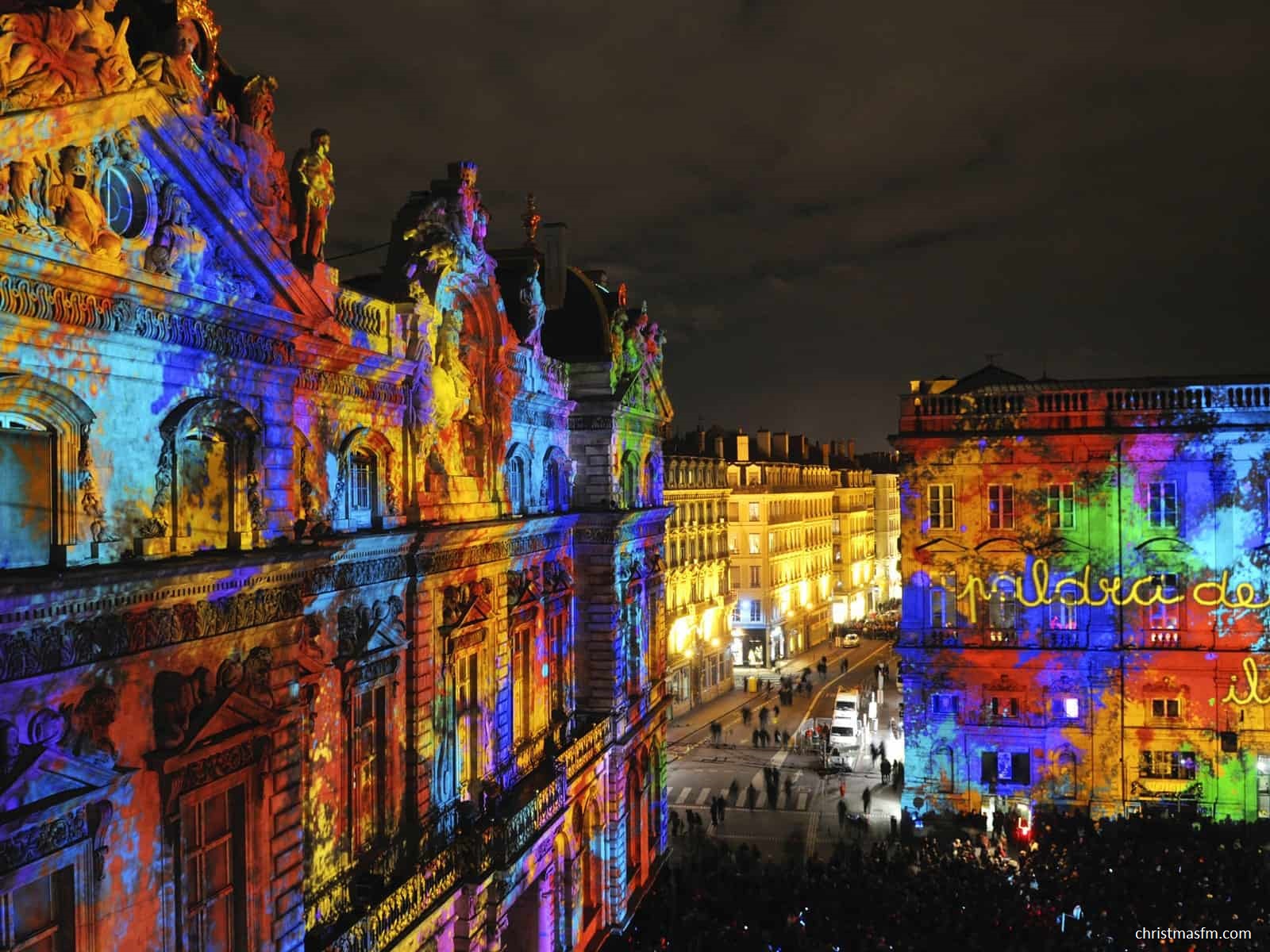
The Festival of Lights emerged from the popular tradition going back to 8th December 1852. The residents of Lyon placed candles in colored glasses on their windowsills to celebrate the installation of a statue of the Virgin Mary on the Fourvière Hill. Entire districts of the city were lit up, transforming the facades of buildings in a show of lights.
To commemorate this event, on the days surrounding 8th December, the people of Lyon celebrate the lighting up of their city, showcasing its living heritage. Light, symbolizing the renewed identity of the city, takes visitors on a journey through a poetic world, filled with magic and dreams.
The Festival shows the heritage of the Presqu’île and Vieux-Lyon in its best possible light, illuminating its Renaissance facades and majestic buildings. Light is now an integral part of Lyon’s identity, revealing the beauty of its architecture and creating magnificent nocturnal landscapes.
Hanukkah – Jewish festival celebrated across the world
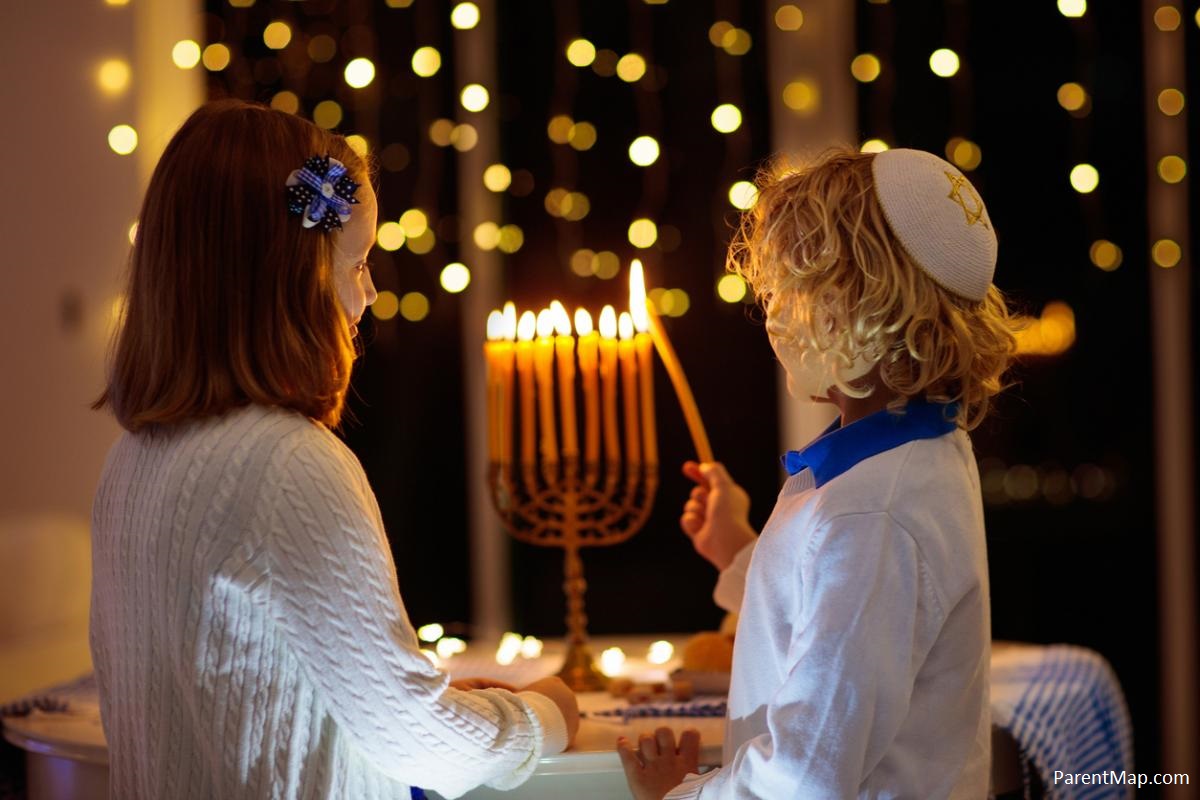
The eight-day Jewish celebration known as Hanukkah or Chanukah commemorates the rededication during the second century B.C. of the Second Temple in Jerusalem, where according to legend Jews had revolted against their Greek Syrian oppressors in the Maccabean Revolt. Hanukkah, which means “dedication” in Hebrew, begins on the 25th of Kislev on the Hebrew calendar and usually falls in November or December. Often called the Festival of Lights, the holiday is celebrated with the lighting of the menorah, traditional foods, games, and gifts.
The Hanukkah celebration revolves around the kindling of a nine-branched menorah, known in Hebrew as the Hanukkah. On each of the holiday’s eight nights, another candle is added to the menorah after sundown; the ninth candle called the shamash (“helper”), is used to light the others. Jews typically recite blessings during this ritual and display the menorah prominently in a window as a reminder to others of the miracle that inspired the holiday.
Pingxi Lantern Festival in Taiwan
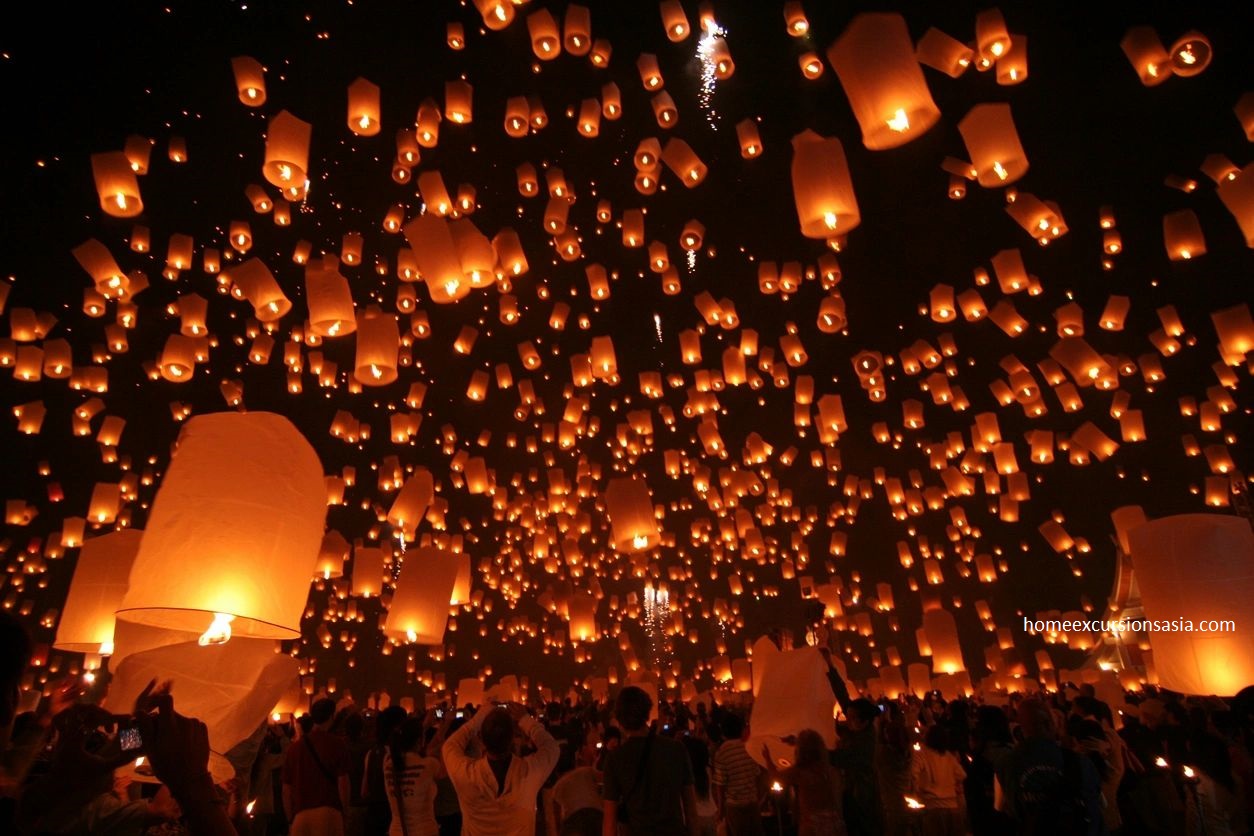
Sky Lantern Festival, an age-old custom of releasing sky lamps is now one of the biggest festivals in Asia. During this time, people from all over the world gather enthusiastically in Taiwan to experience the magical evening of the Lantern Festival.
It is celebrated on the fifteenth day of Chinese New Year, also the very first full moon night of the Chinese calendar. It is the grand finale of the Chinese New Year. The festival is also known as Yuan Xiao Jie, symbolizes welcoming spring.
The Lantern Festival in Taiwan is celebrated with fanfare events. This includes the Pingxi Sky Lantern Festival in New Taipei city, the Bombing of Lord Handan in Taitung, and the Yanshui Beehive Rocket festival in Tainan. These are celebrated to welcome the New Year with peace, prosperity, and joy.
Traditionally, at the beginning of planting season, farmers would write messages on a sky lantern praying for a plentiful harvest and would release it to the sky to reach it to God.
Eventually, this ritual of releasing sky lanterns grew into a mega event in northern Taiwan. Taiwanese celebrate Lantern festival by displaying lights in temples, thousands of floating lanterns in the sky, and by burning lots of firecrackers.
This is a magical event where thousands of glowing lanterns float up in the night sky to create an ethereal view that will live in your heart forever!
Loy Krathong in Thailand
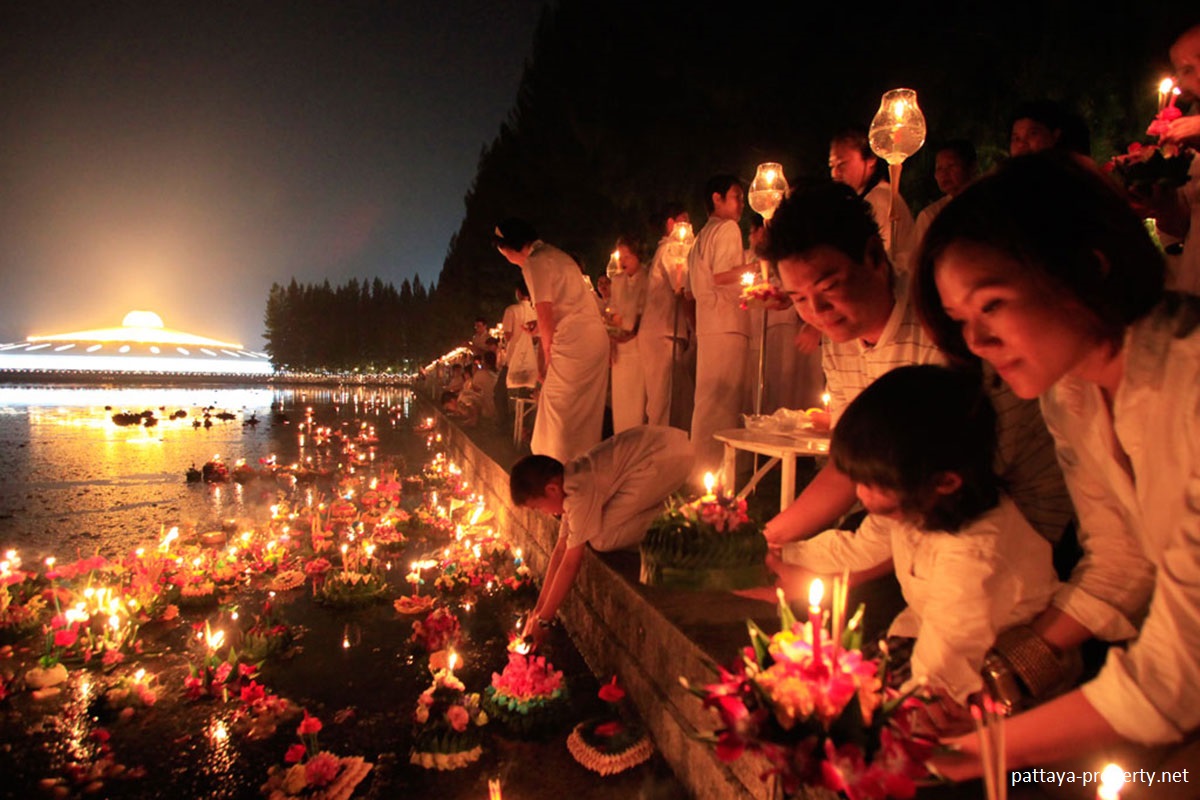
This festival is celebrated for a handful of reasons. One of them is, this time of the year marks the end of the rainy season, which is always a cause for celebration. Gone are the days of relentless downpour and frantic Thais and foreigners alike trying to escape the heavy showers, at least until monsoon season begins again in July.
It is believed that Loy Krathong, or ‘the festival of light,’ originated in the ancient city of Sukhothai, located about five hours north of Bangkok. It is not necessarily a religious holiday. But you will see many Thais praying to the water goddess, Mae Khongkha, as they send their decorated ‘boats’ down the river. Many Thais give thanks to the water goddess for the fortune of having water. While others ask for forgiveness for using too much or contaminating it.
Special, lotus-shaped baskets are lit up and released into the river as a symbol of letting go, marking the end of the rainy season each year. Tak has the most unique krathongs (flower baskets) made from coconut shells and floats or Chiang Mai for a visual feast, both in the rivers and the skies. The festival also coincides with Yi Peng (lantern) Festival. Loi Krathong takes place on the evening of the full moon of the 12th month in the traditional Thai lunar calendar. The exact date of the festival changes every year. In the Western calendar, this usually falls in November. In Chiang Mai, the festival lasts three days.
Imbolc an old Gaelic festival in Ireland and Scotland

Imbolc or Imbolg is also called Saint Brigid’s Day. It is a Gaelic traditional festival marking the beginning of spring. It was traditionally held on 1st February. It occurs about halfway between the winter solstice and the spring equinox. Historically, it was widely observed throughout Ireland, Scotland, and the Isle of Man. It is one of the four Gaelic seasonal festivals—along with Bealtaine, Lughnasadh, and Samhain. For Christians, especially in Ireland, it is the feast day of Saint Brigid.
Based on a Celtic tradition, Imbolc was meant to mark the halfway point between the winter solstice and the spring equinox in Neolithic Ireland and Scotland. The holiday is celebrated by Wiccans and other practitioners of neopagan or pagan-influenced religions (Solitary practice of praying to god). Imbolc is just one of several pre-Christian holidays highlighting some aspect of winter and sunlight, heralding the change of seasons.
The celebration of Imbolc dates to the pre-Christian era in the British Isles. The earliest mentions of Imbolc in Irish literature date back to the 10th century. Poetry from that time relates the holiday to Ewe’s milk (milk of domestic sheep), with the implication of purification.
It has been speculated that this stems from the breeding cycle of sheep and the beginning of lactation. The holiday was traditionally aligned with the first day of spring and the idea of rebirth.
Keene Pumpkin Festival – New Hampshire, USA

The Pumpkin Festival started out as a gift to a community from its downtown merchants. It became a gift to the world. Nancy Sporborg founded the Pumpkin Festival. The event started as a Harvest Festival in 1991, when downtown merchants, through a newly formed Downtown Association, paid for and hosted the first festival. Their aim was to bring new life and vitality to a downtown that seemed to be on the verge of collapse with stores closing, little foot traffic, and even less excitement.
As the community center’s heart got healthier, fame sprouted. The invitation to simply carve a pumpkin to help break a World Record appealed to many. When people arrived in downtown Keene, they saw Main Street filled with shimmering pumpkins smiling. As they sat cheek-to-cheek on scaffolding towers, milk crates, and ladders—well, they were blown away. They had to come back the next year and bring Aunt Eleanor and Uncle John.
The Pumpkin Festival has been broadcasting to the world what can happen when people come together for no other purpose than making magic happen. This festival, unlike most other festivals, has no ulterior motives. It is not about making money, amassing funds for charity, selling stuff, or trying to get votes. The heart of the Pumpkin Festival lies in the pumpkins. The essence of this festival lies in everyone’s participation and in what is created together. What better gift could there be than to show the world what a community can do?
Bonfire Night – Lewes, England

Celebrated on 4th or 5th November, the festival not only marks the night of Guy Fawkes, but it also has many religious implications. People across the UK celebrate Bonfire Night with fireworks, bonfires, sparklers, and toffee apples. It is the anniversary of a failed attempt to blow up the Houses of Parliament.
This was called the Gunpowder Plot. The ‘Guy’ and represents a man, Guy Fawkes, who was part of the plot. Guy (Guido) Fawkes was part of the Gunpowder plot in 1605. He wanted to blow up King James I and his government. This was because of religion. England was a Protestant country, and the plotters were Catholic. They wanted England to be Catholic again and thought they could force change if they killed King James I and his ministers. So, Fawkes and his group put 36 barrels of gunpowder in cellars underneath the Houses of Parliament in London, ready to set off a massive explosion. However, one member of Fawkes’ group sent a letter to his friend who worked in Parliament, warning him to stay away on 5 November. The King’s supporters got hold of the letter, and the plot was rumbled! Guards broke into the cellars where the gunpowder plotters were waiting. They were arrested and later executed.
Hence, when celebrants light bonfires to remember this event, there would be a dummy man on the top.
Whichever festival you are celebrating at the moment, I wish you many blessings and happiness as we come close to the end of the year and welcome the new year.
Do you have a favorite light festival that should have been on this list? Share them with us in the comments below.
Reference:
https://justinjapan.com/post/ashikaga-wisteria
https://broganabroad.com/fallas-festival-valencia-guide/
https://www.fetedeslumieres.lyon.fr/en/page/story-behind-festival
https://www.history.com/topics/holidays/hanukkah
https://livesinasia.com/sky-lantern-festival/
https://theculturetrip.com/asia/thailand/articles/everything-you-need-to-know-about-loy-krathong/
https://www.history.com/topics/holidays/imbolc
https://www.pumpkinfestival.org/index.php/2019/07/03/history-of-keene-pumpkin-festival/

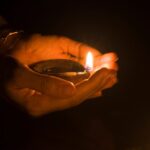

No comment yet, add your voice below!